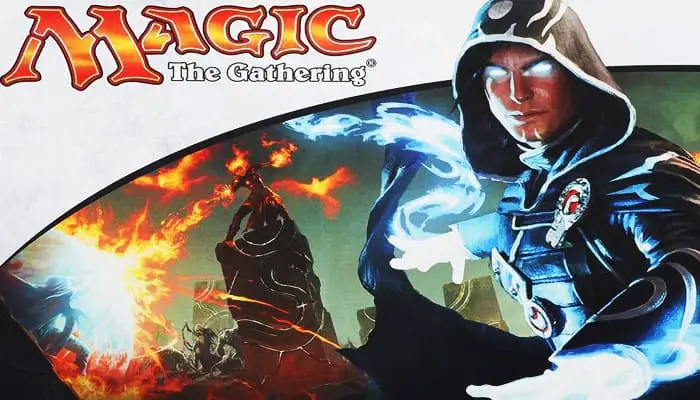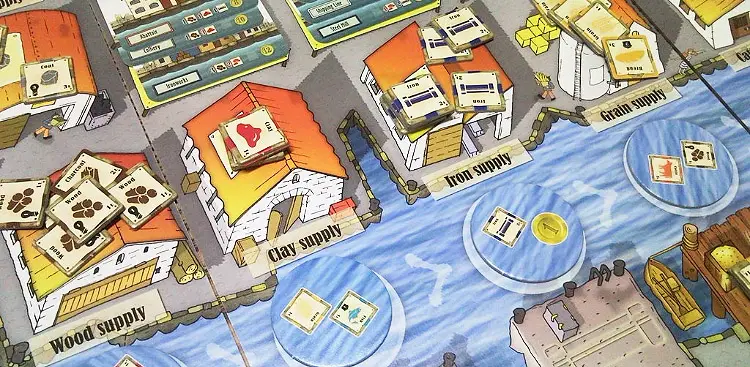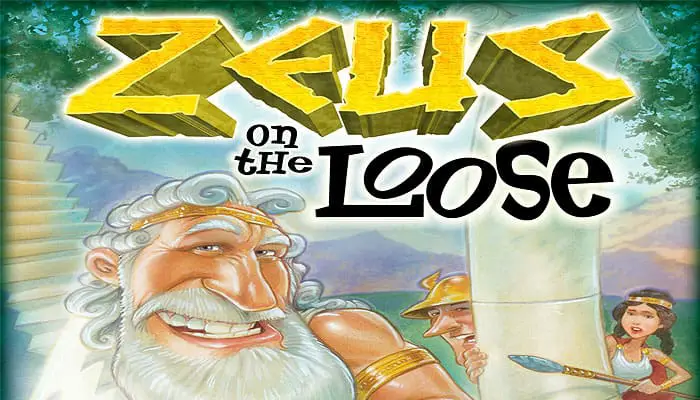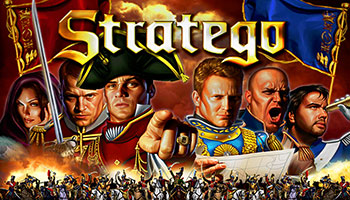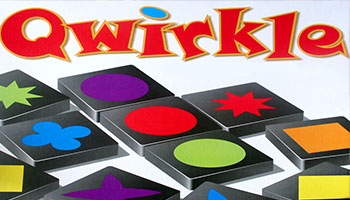


When a Survivor dice as the Dice used. If the active Survivor has two identical weapons with the Dual symbol equipped in hand, he can use both weapons at the same time at the cost of a single Combat Action. Both weapons must be aimed at the same Zone.
Examples: Doug has two Sub MGs in his hands. The Sub MG has the Dual symbol, so Doug can shoot them both with a single Action. This allows him to roll six dice in a single roll, as the Sub MG has a Dice number of 3! …


